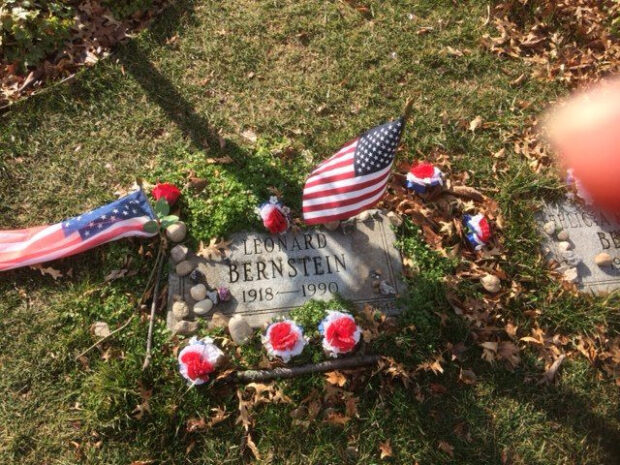
The New York Green-Wood Cemetry is a highlight. It is the gold standard among the cemeteries. Hills, ponds, valleys, walking paths, one of the largest open-air collections of statues and mausoleums from the 19th and 20th centuries, 7000 trees, 125 species of birds, the artistic “Historic Chappel” for funerals, weddings, and concerts.
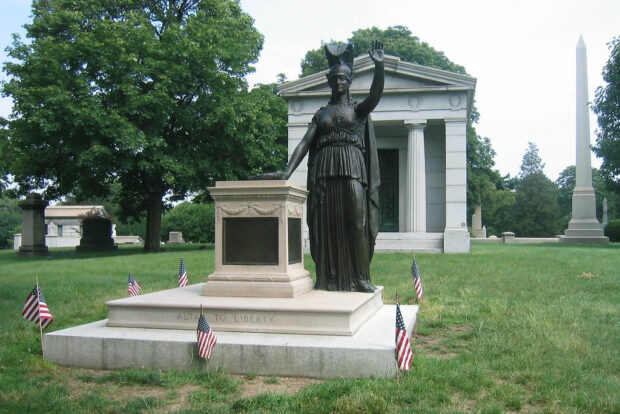
The Greek goddess Minerva looks down from the highest point at around 550,000 graves and with her raised arm she greets the Statue of Liberty on the other side of the city at the harbor entrance from Brooklyn in New York. In winter, when the trees are without leaves, the view is best.
It is a significant site, the 1776 Battle of Brooklyn raged here. In terms of natural history, it is remarkable soil, a large glacier reached up to this point in prehistoric times. And it is an attractive tip for New York visitors who already know the World Trade Center, Times Square, and Central Park. 330,000 people came here last year. Ascending trend.
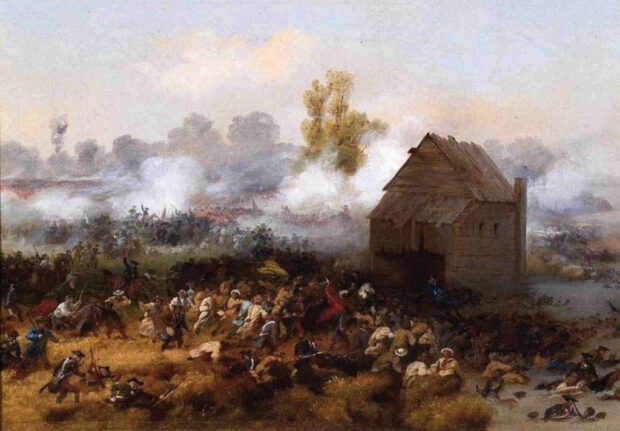
The Battle of Brooklyn
The 1.9 square meter site, opened as a cemetery in 1838, soon became a playground for city-weary New Yorkers who unpacked their picnic baskets here. The popularity of spending family free time among the graves and green spaces accelerated plans to create public parks, including Manhattan’s famous Central Park.
The cemetery attracted many Americans in the 19th century who didn’t want to miss two attractions on their travels: Niagara Falls and Green-Wood Cemetry. The respected citizens of the city wanted to be buried there. The New York Times wrote in 1866: “It is the ambition of New Yorkers to live on Fifth Avenue in Manhattan and to rest with their fathers in Green-Wood.”
A hundred years later the crisis was there. The effort to maintain and develop the large area with its well-tended streets and its precious trees was disproportionate to the flagging interest of the visitors in coming here.
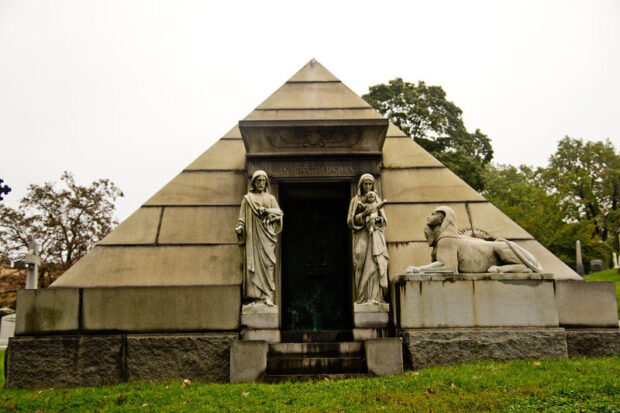
There are spectacular tombstones to be seen. Here is a pyramid.
There were plans of the pessimistic administration to only let in relatives of the deceased. The optimists at the Trust, the governing body for all cemetery affairs, had a better idea. They brought life or everyday life back to Green-Wood. The list of offers includes guided tours for ornithologists, tree lovers, and grave researchers. There are events for artists and children. Once a year, a torchlight procession for Halloween also involves young people. In 2006 the concept was honored. The park cemetery received the award “National Historic Landmark”.
READ: Four Of The Most Unique Hotels In New York City
Experience shows that cemeteries look like this: narrow paths, bordered graves, seasonal floral decorations, and a much too small funeral hall at the entrance. On the Green-Wood Cemetry, the visitor walks through an opulent, Gothic-style entrance gate, known as the “Gothic Archway”. He looks at elaborate mausoleums, tombs, and obelisks from decades ago and on spacious lawns with simple tombstones. Flowers or borders are missing. The Historic Chappel is currently closed for renovation.
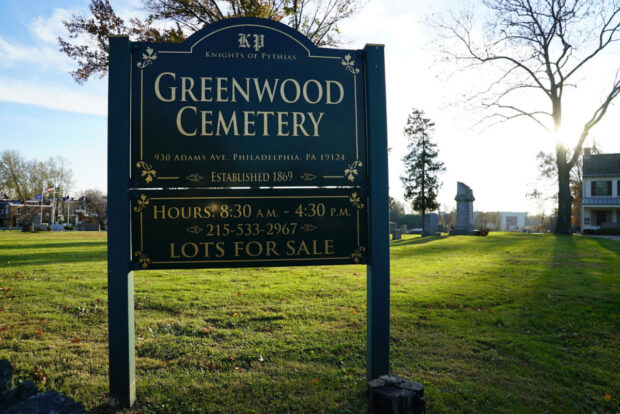
One of the streets in the cemetery is named “Battle Avenue”. Here lie soldiers from the American Civil War and those who died in the Battle of Brooklyn. Such information is provided by the guided tours on offer: past the graves of well-known benefactors, politicians, athletes, and extraordinary do-gooders, but also villains.
Sarah Karins, who died in 1854 at the age of 117, is the oldest person buried here. She lived in the 19th and not the 21st century! In some parts of the large area, spectacular tombs dominate. Special sections of the population, for example, slaves, are buried in specially marked sections from a time when social boundaries played an important role. All grave fields are open to the public except for the catacombs, which are only opened to visitors in exceptional cases.
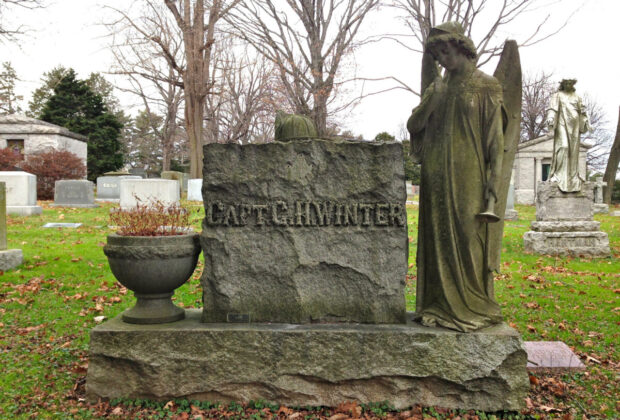
Famous artists and politicians often have unexpectedly simple resting places.
One would walk past them carelessly if it weren’t for the brown numbers on the cemetery plan, in which the prominent graves are marked. The grave of Leonard Bernstein can be found on Liberty Path, courtesan and dancer Lola Montez is buried on Summit Avenue, jeweler and Art Nouveau artist Louis Comfort Tiffany on Vale Path, and expressionist painter Jean-Michel Basquiat near Sassafras Avenue.
READ: Staten Island: One of the Five Boroughs of New York
At special points, visitors can admire how magnificently fauna and flora can develop on the outskirts of a metropolis, but also how climate change is ruffling the trees.
READ: Top Theme Parks in Dubai and Abu Dhabi: Where to Go with Kids
It is a good idea to go to the cemetery website beforehand and get the information that interests you the most.
Good to know: Green-Wood can be reached by subway D, 25 Street / 4th Avenue (Brooklyn) stop. The main entrance is about 100 meters away on 5th Avenue (Brooklyn, not Manhattan). There are three more entrances. Fort Hamilton Parkway Entrance, Prospect Park West Entrance, Sunset Park Entrance. However, if you miss an entrance, you have to walk a longer distance along the barren fence. The visitor center distributes brochures with a street map free of charge. It lists the most important graves, architectural sights, and the oldest trees. Public or private tours are offered regularly, except in winter.
Like us on Facebook for more stories like this: